Openness to Influence
Imagine if you need changes from your spouse or partner, such as spending more time together or eliminating an annoying habit. How wonderful would it be that if just by asking your spouse he or she replies “Of course, if it would make you more comfortable,” followed up by quickly making the requested changes. What does it take to influence your partner? Powerful people are considered influential. The amount that a person may influence others is a measure of his or her power, but within a love relationship influence functions in reverse. A partner’s willingness to be influenced without the use of power shows how important and loved the other is. Openness within a relationship is valuable as an expression of love. Power and force when applied as pressure are harmful to love and connection.
Partners always seek to change the other; vastly different from the beginning of many relationships when partners experience each other as perfect. Over time as a partner’s limitations and flaws are revealed, the need for growth becomes apparent. Each of us has a varying appetites for growth, but none of us can avoid change as is well expressed by the paraphrase of John Maxwell’s quote, “Change is constant, but growth is a choice.” With the passage of time, the cycling of the seasons and aging partner needs vary. Due to partner differences negotiating for change is ever-present and requires constant adjusting and adapting. Whether partners may or may not influence each other determines if the constant and dynamic adjustments flow smoothly and easily or instead, painfully with tension and friction.
To stay fresh and alive a love relationship must adapt to new circumstances. Fluid and flexible adjustments are only possible when partners are open to each others’ influence. Being flexible is a symptom of emotional health. Being open is a requirement of love. The tree that is flexible in high winds bends the one that doesn’t breaks. Only when soft and pliable for each other do partners grow well together.
Some partners are “yes” people and others are “no” people. The “yes” people naturally react to a request for changes in a positive way. “No” people respond by opposing changes and negating possibilities. To be open to the lover’s influence a “no” response abruptly silences the music and halts the dance of love. A refusal to be influenced can be interpreted as a lack of love. Instead of “no,” starting out by offering a “maybe” should be considered. Choosing to think about a request or give a delayed response softens the exchange. Such a practice demonstrates greater openness to influence and the creation of new possibilities. A partner who always says “yes” may be seen as a push-over who is weak and without self-esteem. Agreements are cheap and dissatisfying if they are consistently too easily achieved. Balance is necessary. A well negotiated change nourishes the growth of both partners.
How partners attempt to influence each other may determine whether openness is offered. If a desire for change is forced rather than requested, giving the other no choice, a reaction of resistance is likely. Force is the enemy of love and is best avoided; if a partner is flexible force will never be necessary. In dealing with a chronically resistant, stubborn partner where attempts to influence have failed, the other is tempted to explore indirect ways to create satisfaction. Pressure is necessary at times and better than force to obtain agreement, but should be used with care. Trickery, manipulation, being covert and deceitful are tactics which may ultimately attain a goal, but possess a danger of hurt, damaged trust and conflict. Being closed to influence will ultimately limit the relationship’s potential.
Remaining open to a partner’s influence is a non-verbal expression that the other is important. How do you influence your partner? Great openness communicates that the partner is so important that effort, accommodation and even discomfort is acceptable for the other’s happiness and well-being. Relationships are about love; influence is the dance of love. When partners are open to the other’s influence the dance of love may be beautiful. Andrew Aaron, LICSW

